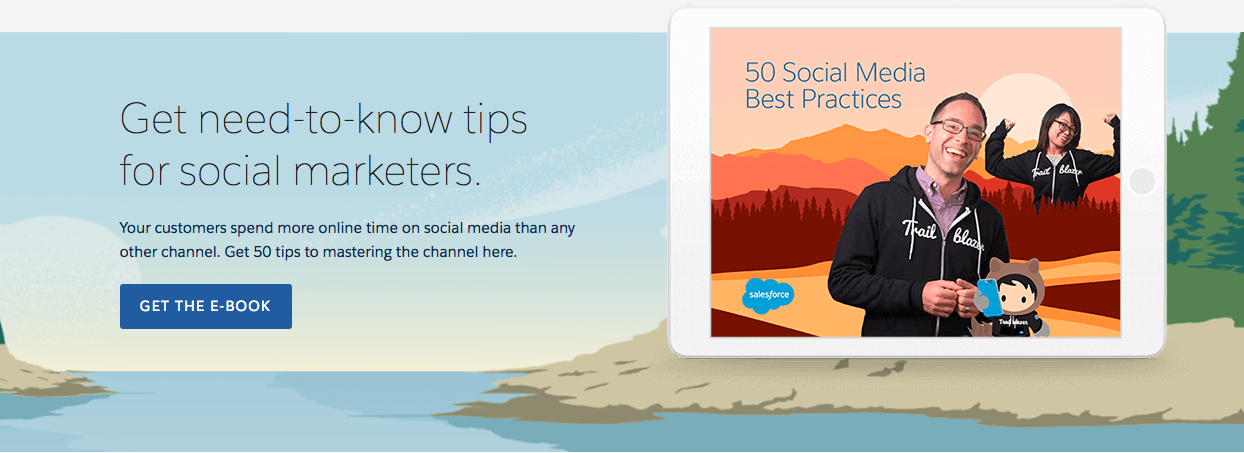Analysing the vast amount of data on social media has been described as akin to drinking from a firehose. In order to make sense of this data, here is my take on the best practices on using a social media monitoring tools.
A Skill and Appetite for Data Analysis
In order to effectively use a social media-monitoring tool, a skill and appetite for sifting through large datasets (for example, making sense of over 10,000 mentions of a fashion brand on a given day) will lead to more insightful results. An ability to spot trends, derive insights and themes on how the masses are engaging with your brand will allow you to address these points.
SMART Criteria: Actionable Insights
To ensure that the insights you’re gleaning from social media are useful, it’s best to keep the SMART criteria in mind. Following the SMART criteria will mean insights are Smart, Measurable, Actionable, Relevant, and Time-Bound.
Meaningful insights and trends are of little benefit unless they can be relayed into actions that can better competitive positioning or audience engagement.
For example:
- Highlighting a customer service issue that needs immediate response
- Capitalising on brand mentions and reference to human events
- A geo-political occurrence that is immediately picked up on social media that may impact the stock market performance of a company
- Association of a brand with certain sentiment and human emotion
Data analysis can often lead to going down so called ‘rabbit holes’, which can often lead to unthought-of insights. Keeping in mind the SMART criteria and also applying a set hypotheses at the beginning of analysis will lead to a more succinct body of work. In particular, hypotheses setting will guide the analysis in a clear and defined way - asking questions of the data that you want to unearth.
Data and Philosophical Based Insights
Themes unearthed in analysis may be both data based and rooted in philosophical interpretation. Both provide value in interpreting consumer behaviour. Data based insights will present themselves through sentiment and frequency in keyword analysis, for example. Insights based on data are concrete and will answer a query set at the beginning of research where the answer is unknown and can help support a hunch.
Philosophical interpretation from social media conversation requires human interpretation, or ‘reading in between the lines’. This type of analysis deep brand inference can be applied. For example, inferring why is it that people have an emotional connection with a brand? Why is that a brand provides meaning and a deeper relationship with the audience? These insights are just as important and also require a deeper level of understanding on the relationship that brands have with consumers. Possession of this skill demonstrate strong business acumen and understanding of consumer behavior.
Identifying Niche Communities in Social Media
The most vocal and frequent contributors to social media discussion will often be key brand influencers and may be part of niche communities. Much can be learned about these groups as consumer behavior now dictates that niche communities will freely express themselves on social media. Analysis will even provide a narrative on the unspoken norms and rules are on the dynamic between the niche community and the brand.
Consider the narratives on the following niche communities that could be gleaned from social media conversation:
- Glastonbury music festival, the thrill of the preparation and pilgrimage to it
- Ultra-marathon athletes and their dedication to their sport
- Crossfit enthusiasts and the voyeuristic behavior on social media
- The wide spectrum of thought on Quora and Q&As
Online Insights Impacting Real World Decisions
Any of the areas above present an opportunity to refine the brand proposition within the domain of the Internet and the real world. The insights derived from social media analysis quite often will lead to changes in strategy in the real world.
Consider how social media analysis could be factored into strategic decision-making for:
- Product placement
- Demographic targeting
- Future product enhancements
- Advertising placements
- Marketing campaigns
- Celebrity endorsements
Tools that analyse social media are only going to get more powerful and intelligent. Further enhancements may centre on more accurate sentiment analysis, photographic interpretation, and the introduction of predictive analysis. And with this, further blurring the line between digital and real-life interactions we have with the brands we consume.
Get need-to-know tips for social marketers in our 50 Social Media Best Practices e-book.








